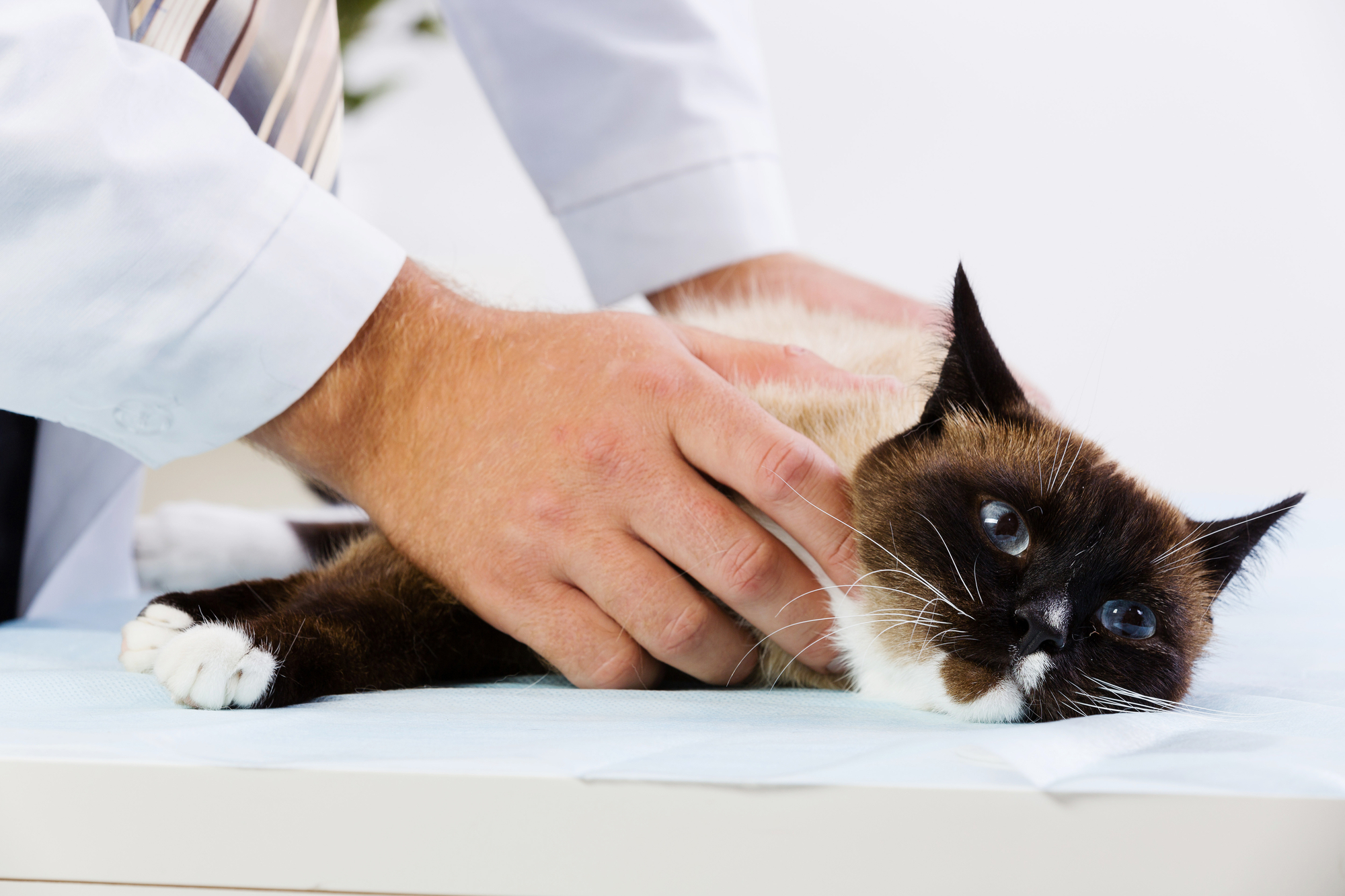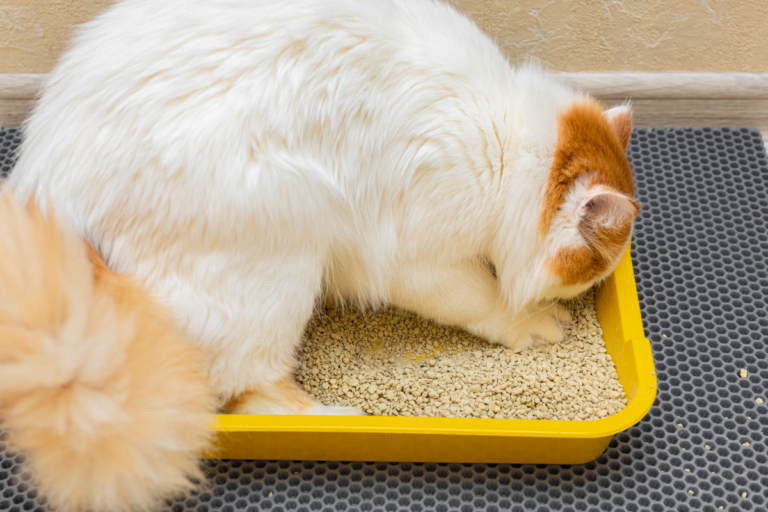Kidney Disease in Cats and What You Need to Know
This post may contain affiliate links, meaning if you decide to make a purchase via my links, I may earn a small commission at no additional cost to you. You can read our full affiliate disclosure by clicking here.
Understanding Kidney Disease in Cats:
The kidneys in our feline friends play a vital role in filtering blood, regulating blood pressure, and promoting the production of red blood cells. These small bean-shaped organs are crucial for our cats’ well-being. But what happens when our aging cats’ bodies don’t function as efficiently as they once did, and what can we do to ensure their comfort during their senior years?
Causes of Kidney Disease:
- Chronic Kidney Disease (CKD) is the most common form of kidney disease in cats. It typically develops with age and can be influenced by genetics and breed predisposition.
- Other causes may include urinary tract infections, kidney infections, or the ingestion of toxins.
Signs and Symptoms:
- Increased thirst and urination: Cats with kidney disease often drink more water and urinate more frequently.
- Weight loss: This might be due to reduced appetite and the body’s inability to properly process nutrients.
- Changes in appetite: Cats may experience a decreased or increased appetite, and sometimes they may even refuse to eat.
Diagnosis:
The diagnosis of kidney disease in cats involves a combination of tests, including:
- Blood tests: These measure creatinine and blood urea nitrogen (BUN) levels, which are indicators of kidney function.
- Urinalysis: This helps identify the presence of protein or blood in the urine, which can be associated with kidney disease.
- Imaging: X-rays or ultrasounds may be used to visualize the kidneys and detect any abnormalities.
Managing Kidney Disease:
Dietary Considerations:
- Specialized kidney diets are designed to reduce the workload on the kidneys and provide essential nutrients. They are typically lower in protein and phosphorus.
Fluid Therapy:
- Subcutaneous fluid administration can help maintain hydration in cats with kidney disease. This is usually done at home under veterinary guidance.
Medications:
- Medications like ACE inhibitors or phosphate binders may be prescribed to manage blood pressure and reduce phosphorus levels.
Monitoring and Regular Check-ups:
- Regular veterinary check-ups are essential to monitor the cat’s condition and make necessary adjustments to the treatment plan.
Quality of Life and Pet Owner Tips:
Quality of Life:
- Provide a quiet and comfortable environment for your cat.
- Consider enriching their surroundings with toys and activities that stimulate their mind.
Supporting Your Cat:
- Please be patient and understanding of your cat’s needs, especially during periods of illness.
- Administer medications as directed by your veterinarian’s office.
Conclusion:
In conclusion, cat owners should be vigilant about kidney disease, especially in aging cats. Early detection and a comprehensive management plan, which may include dietary changes, fluid therapy, and medications, can significantly improve the quality of life for cats with kidney disease. Regular veterinary care and a supportive home environment play vital roles in helping your feline friend live well despite this condition. Remember, to always seek advice from your veterinarian for personalized guidance tailored to your cat’s specific needs.
Stay tuned for more fascinating insights on all things pet-related. And don’t forget to sign up for my email list to stay updated with the latest pet tips and tricks.







